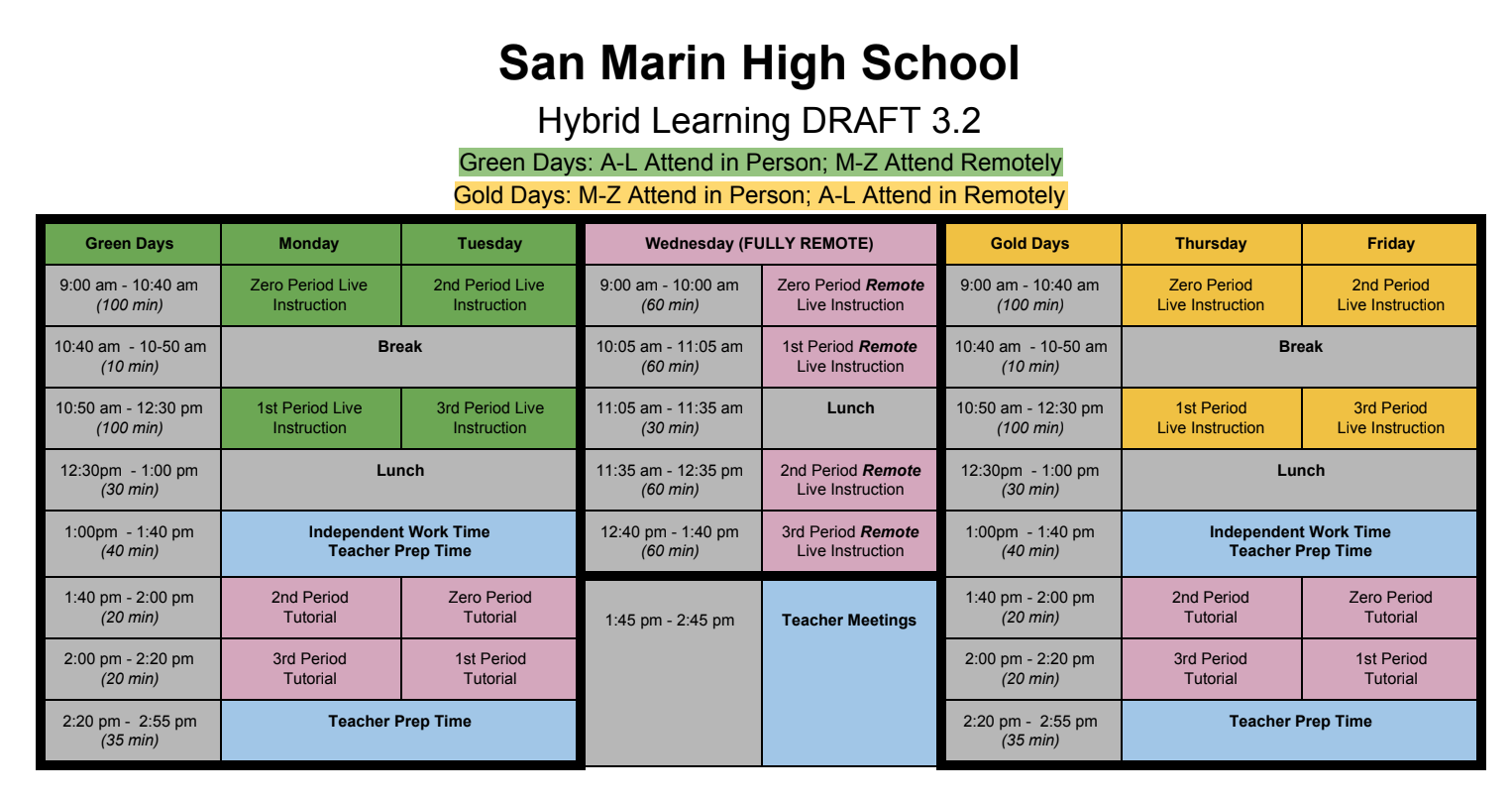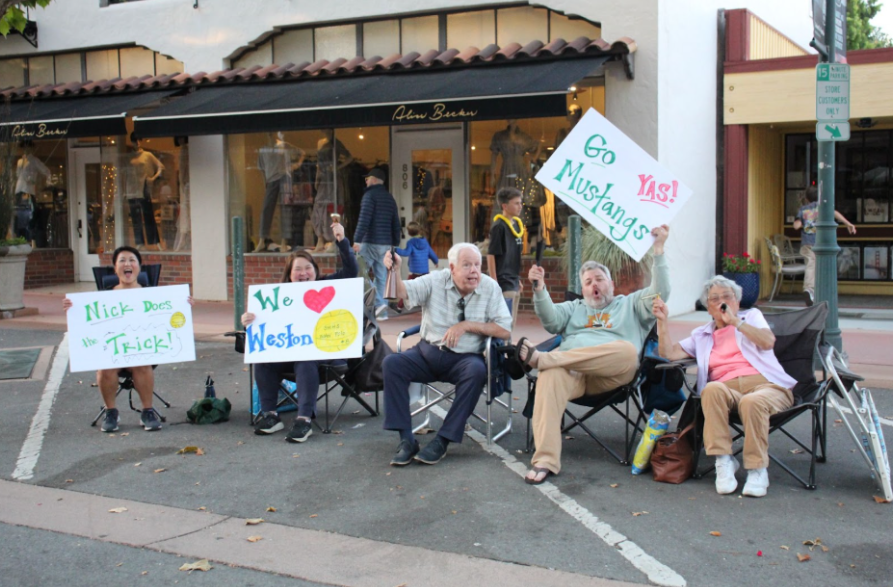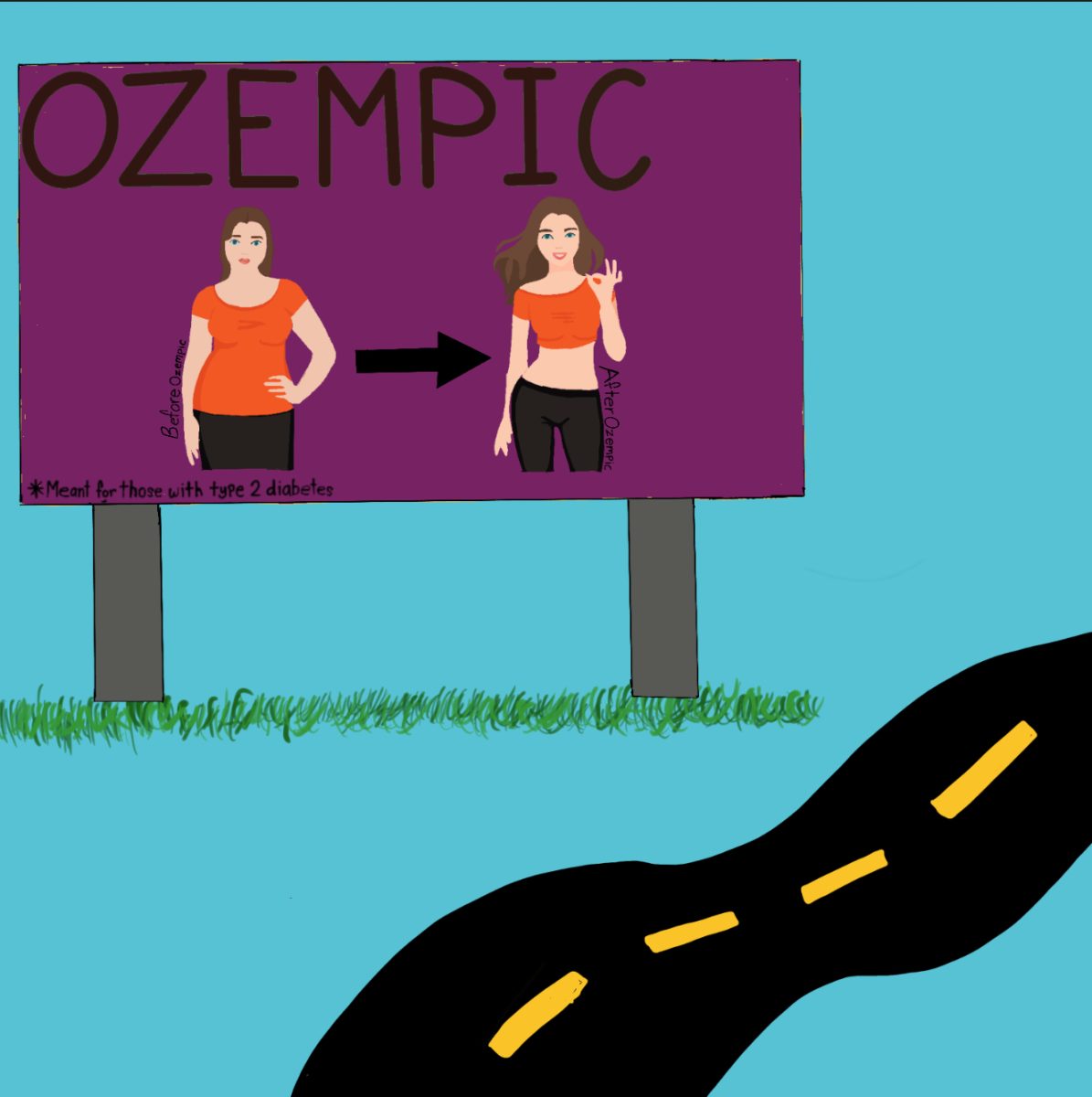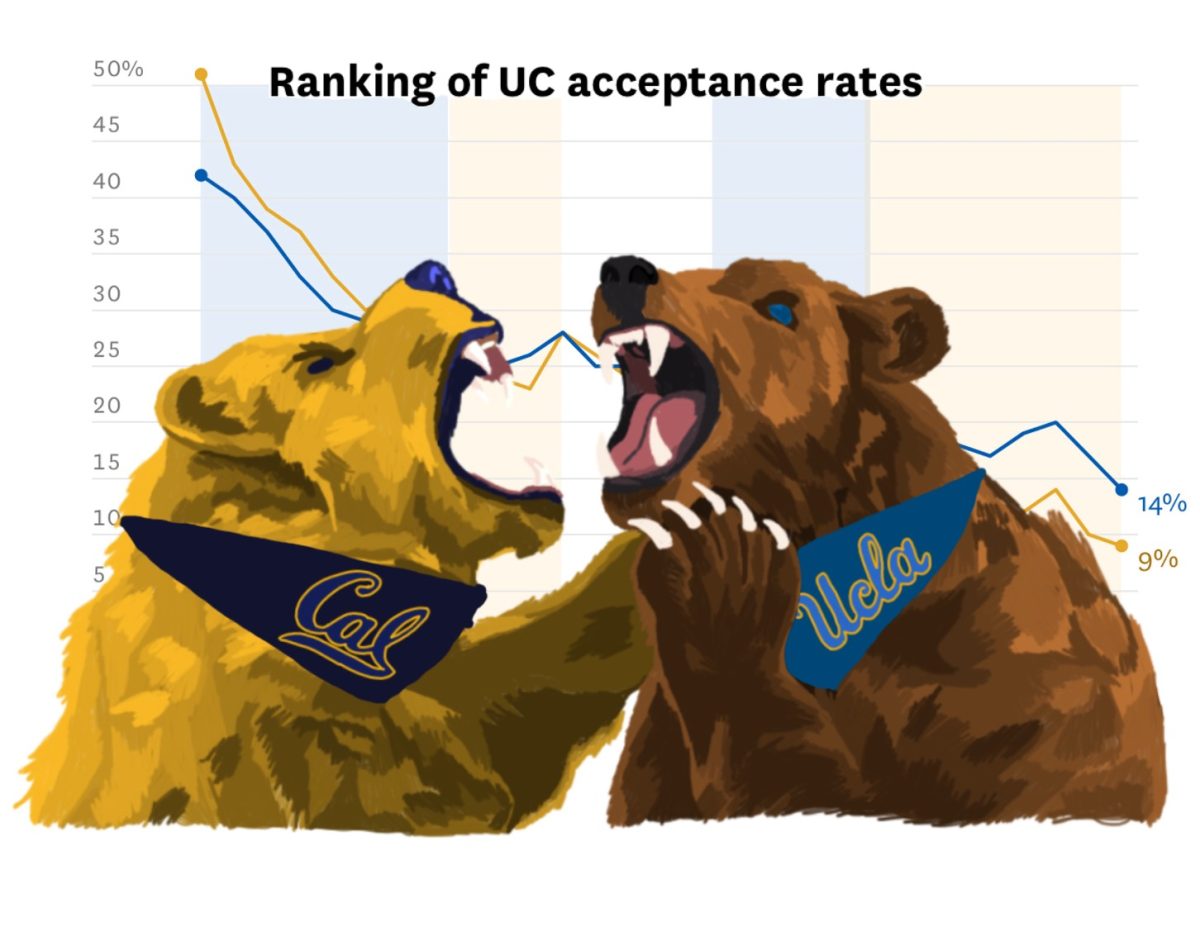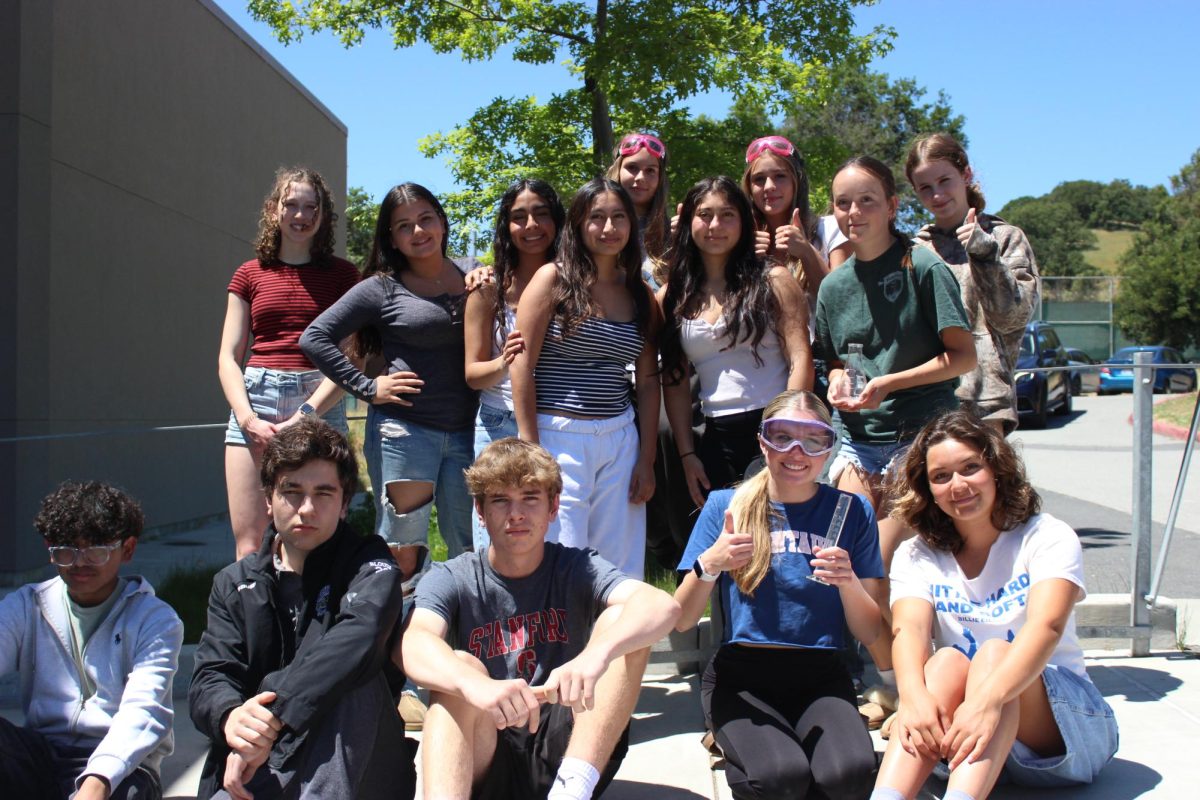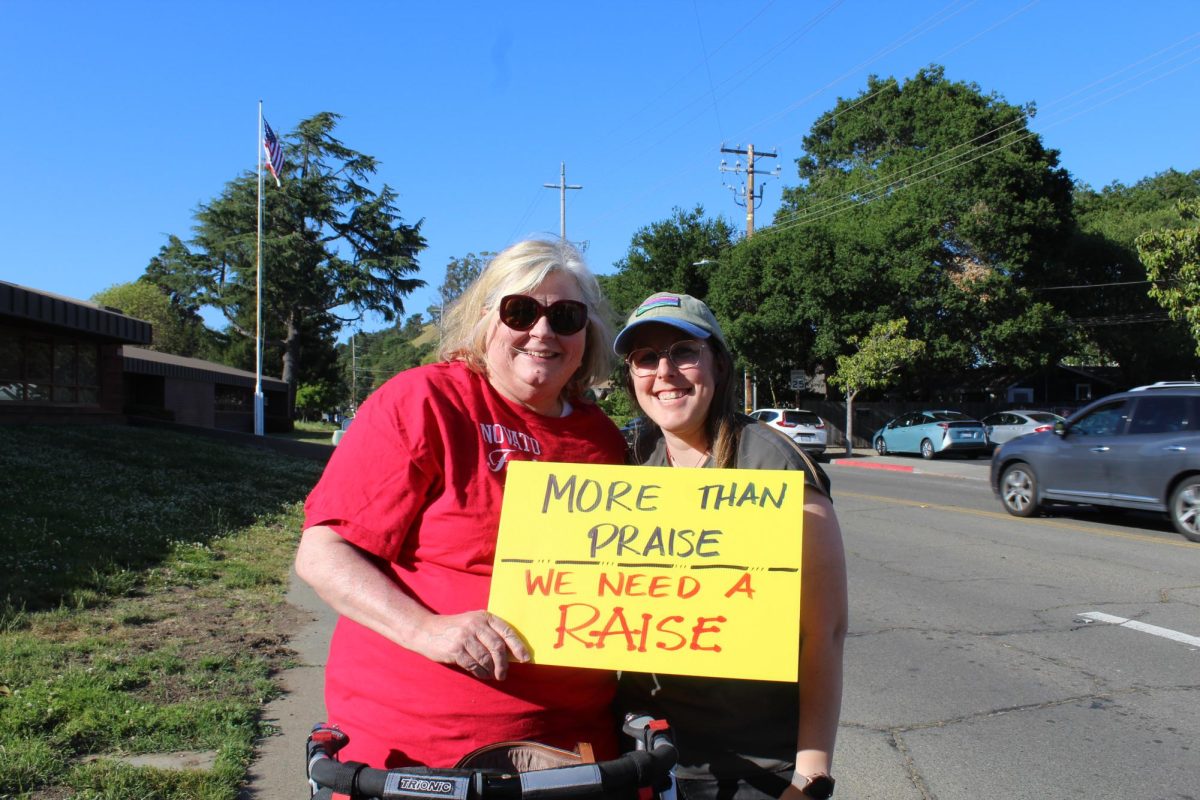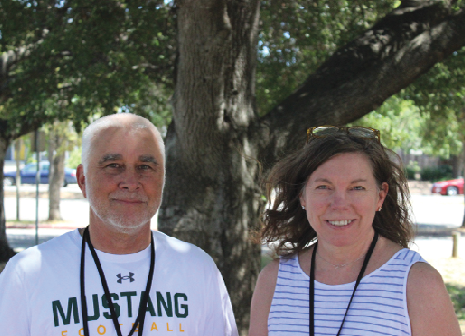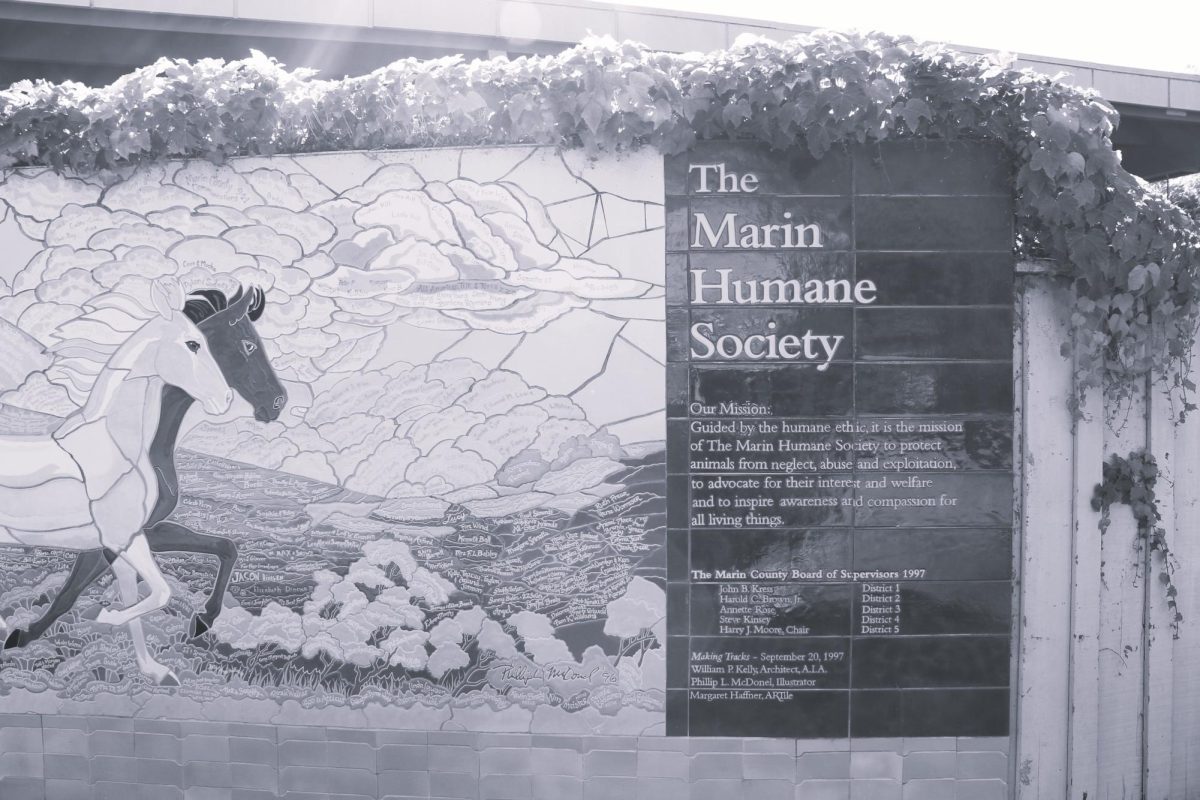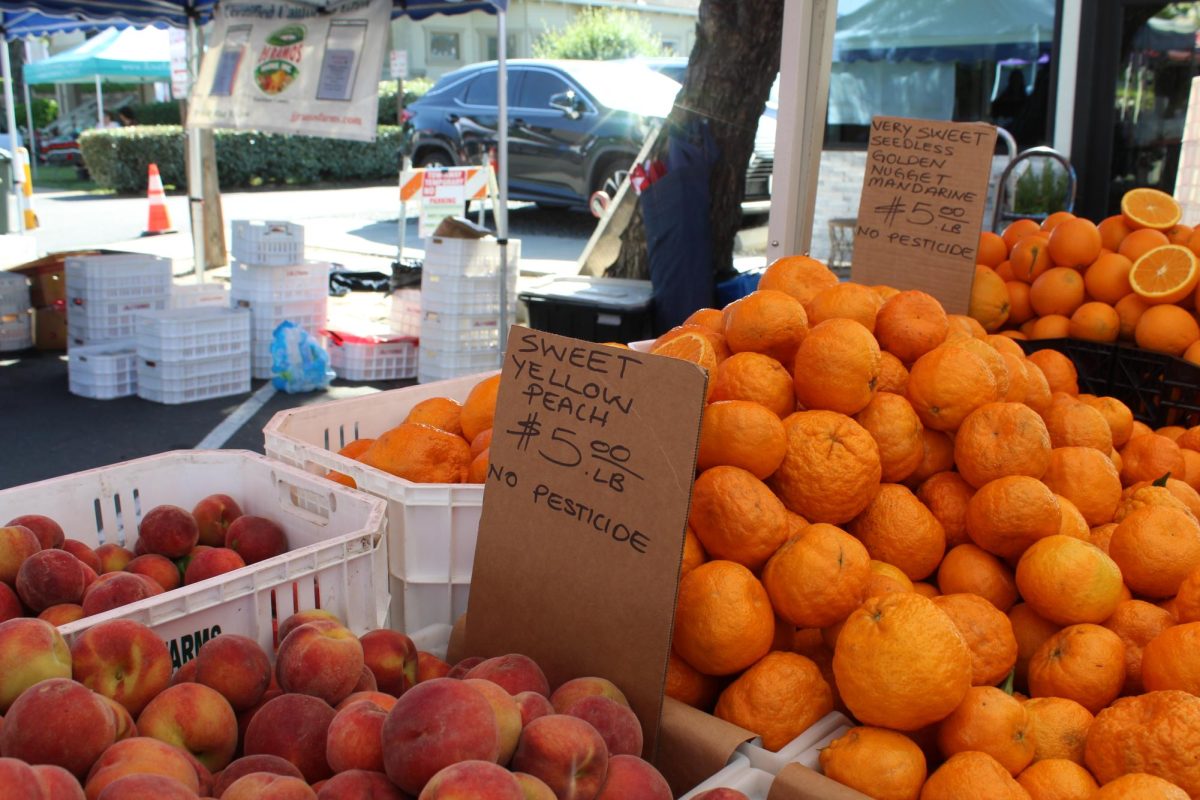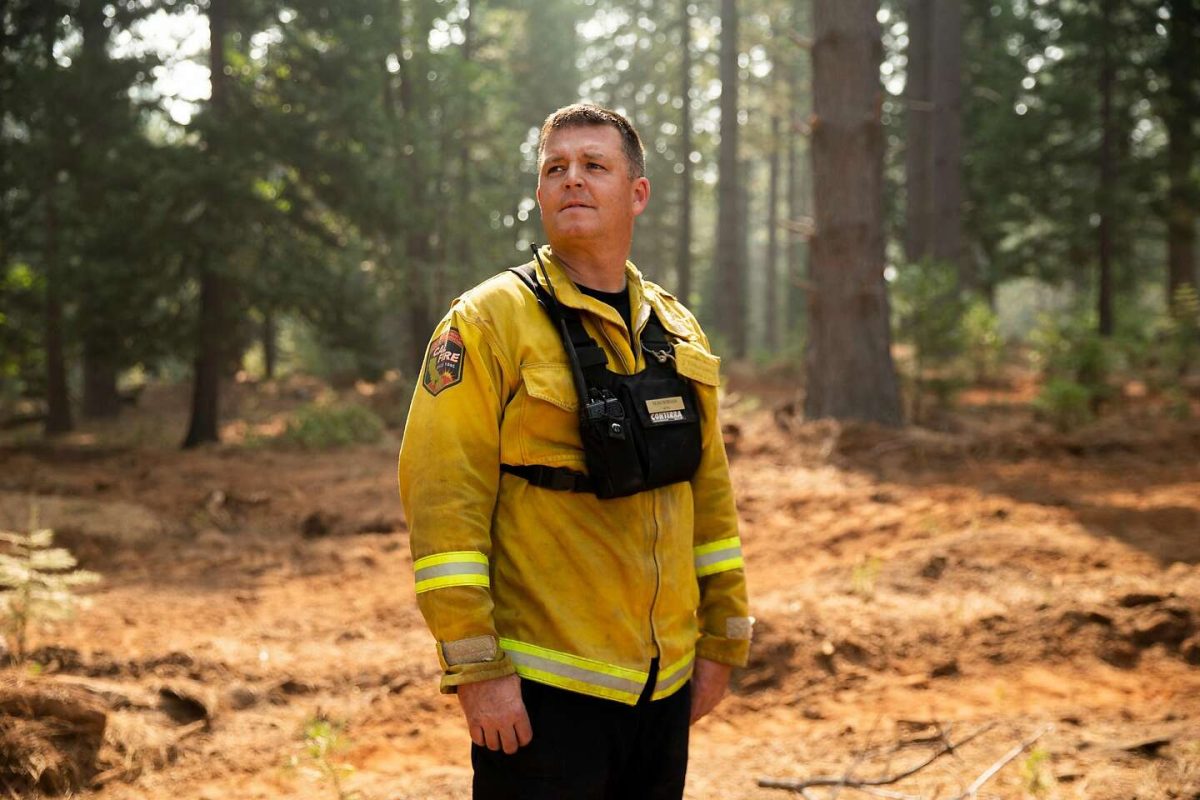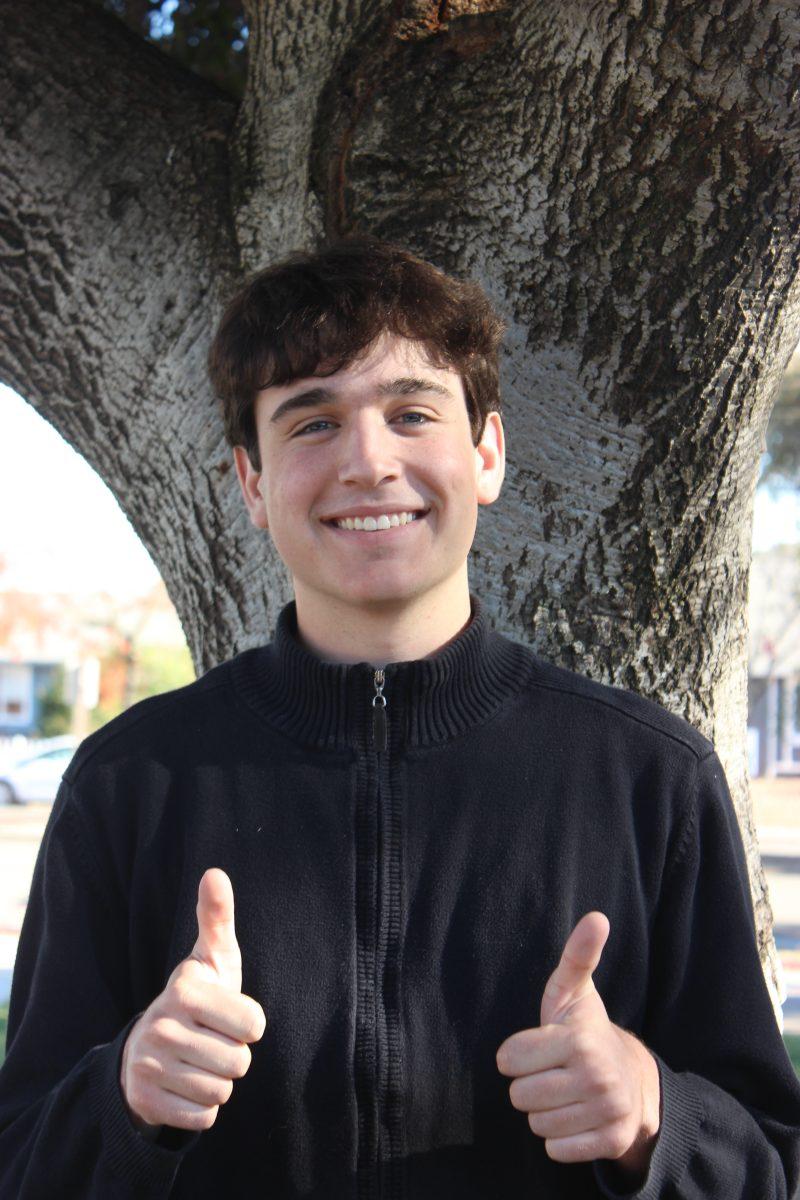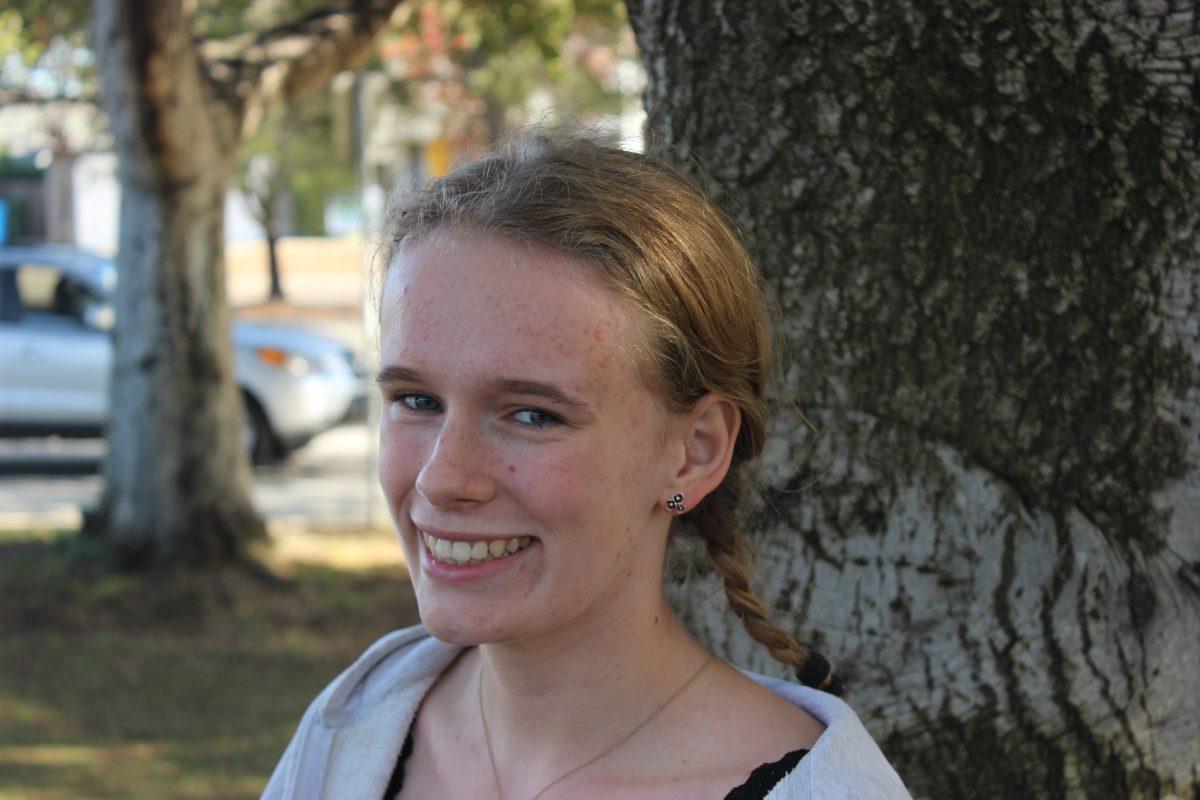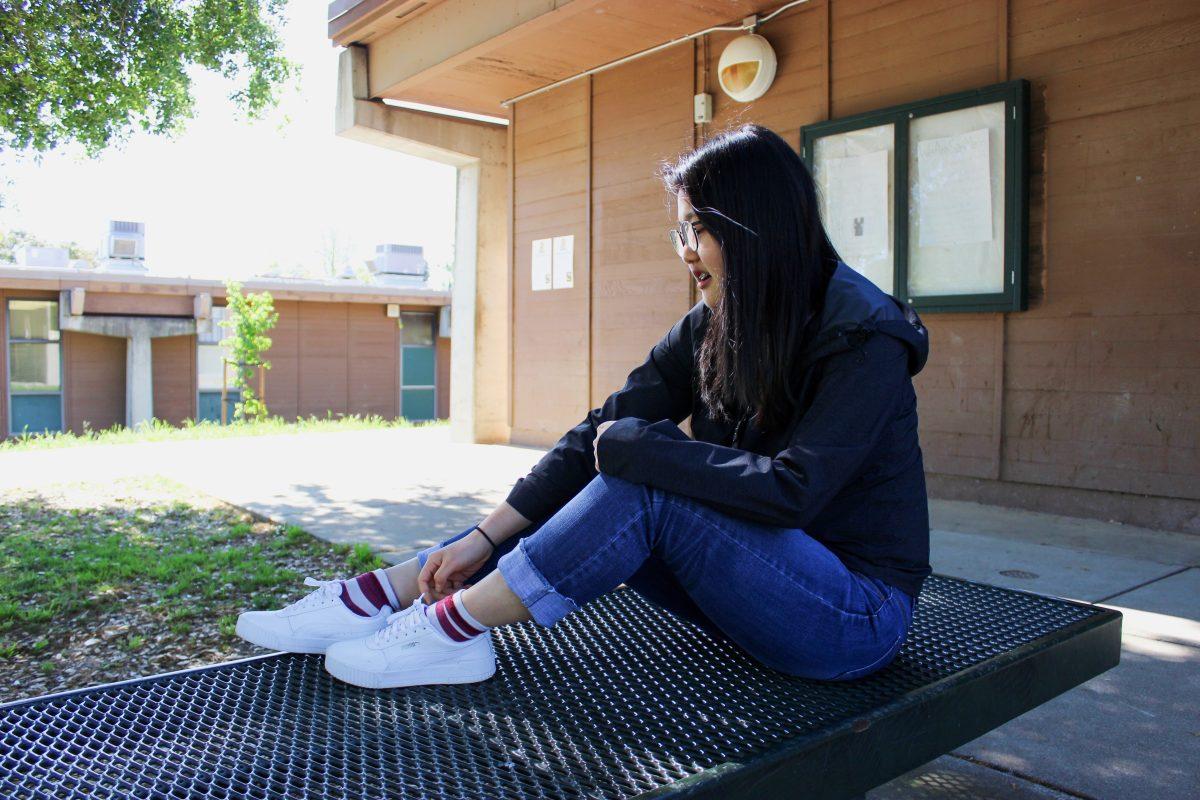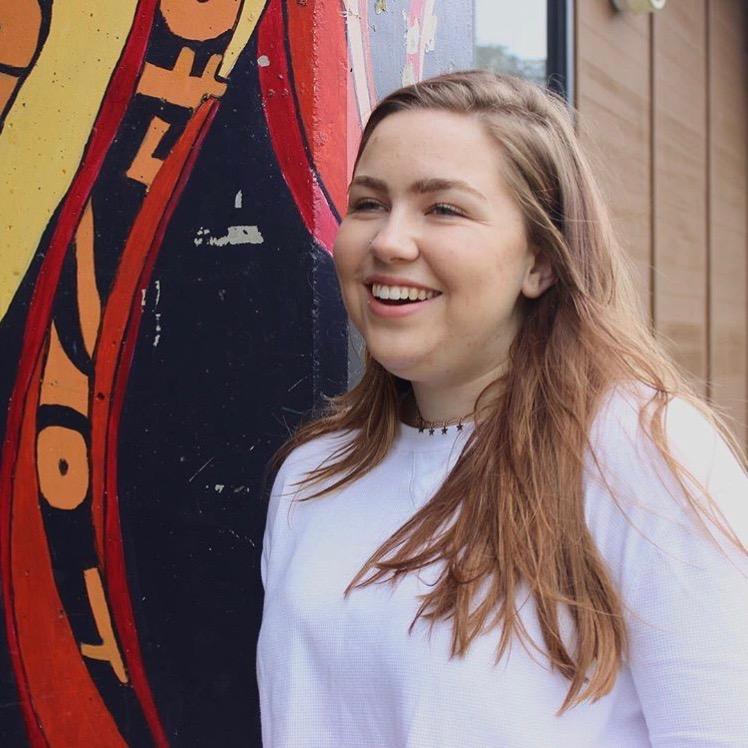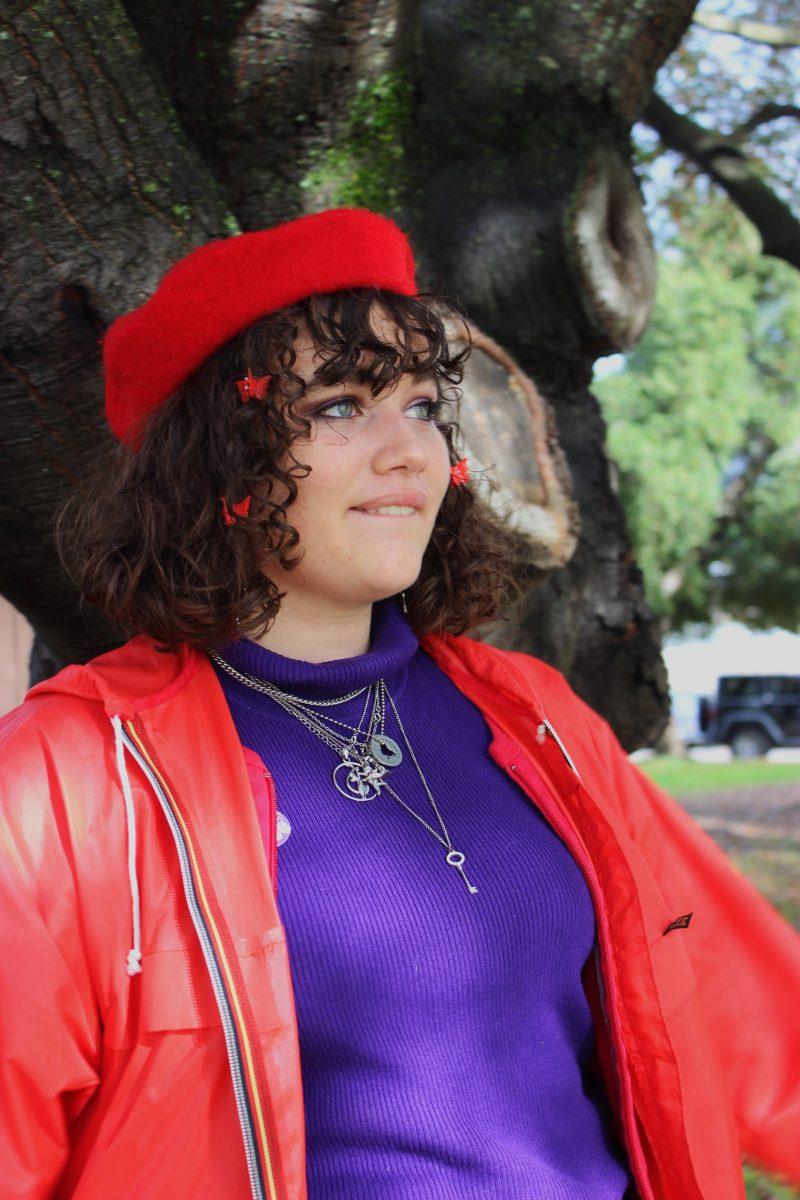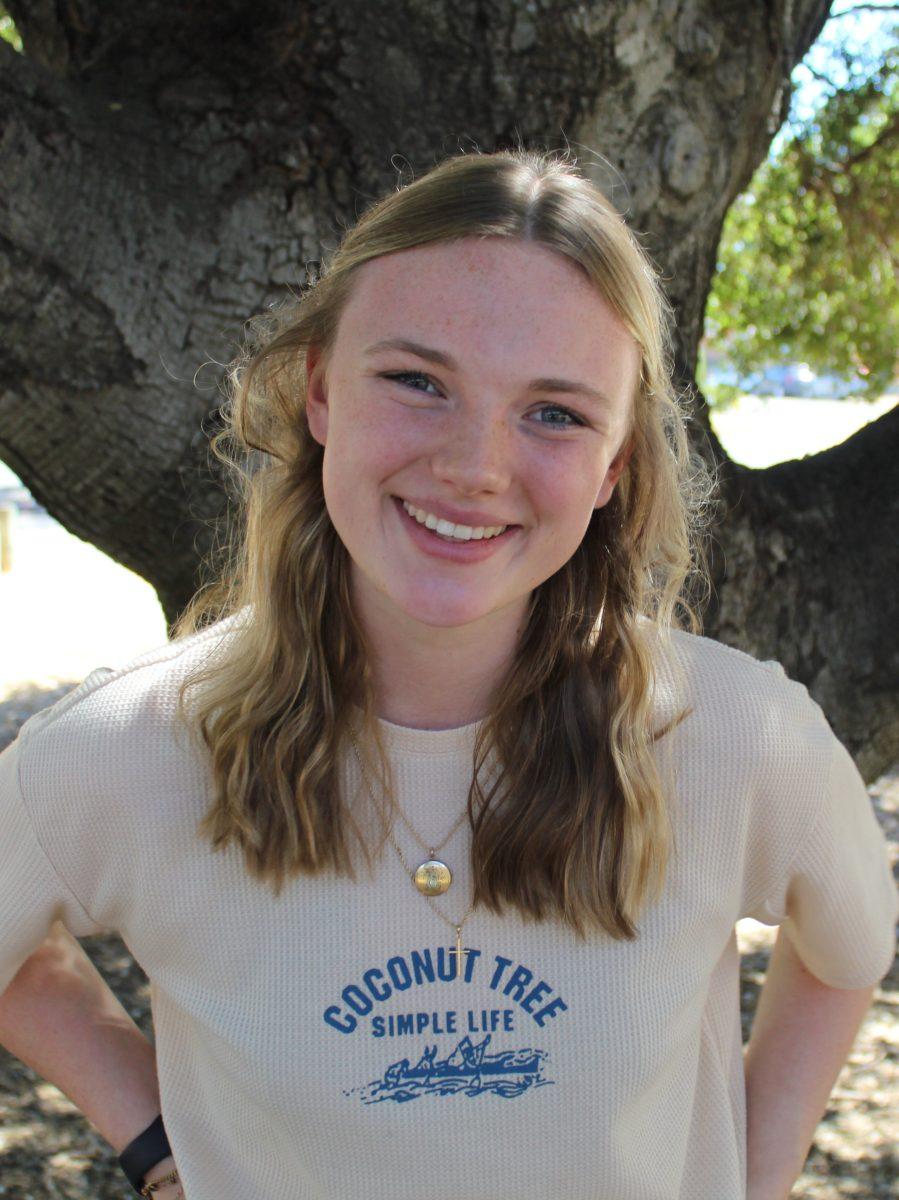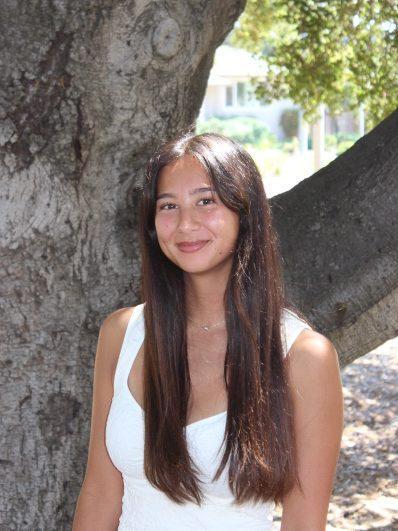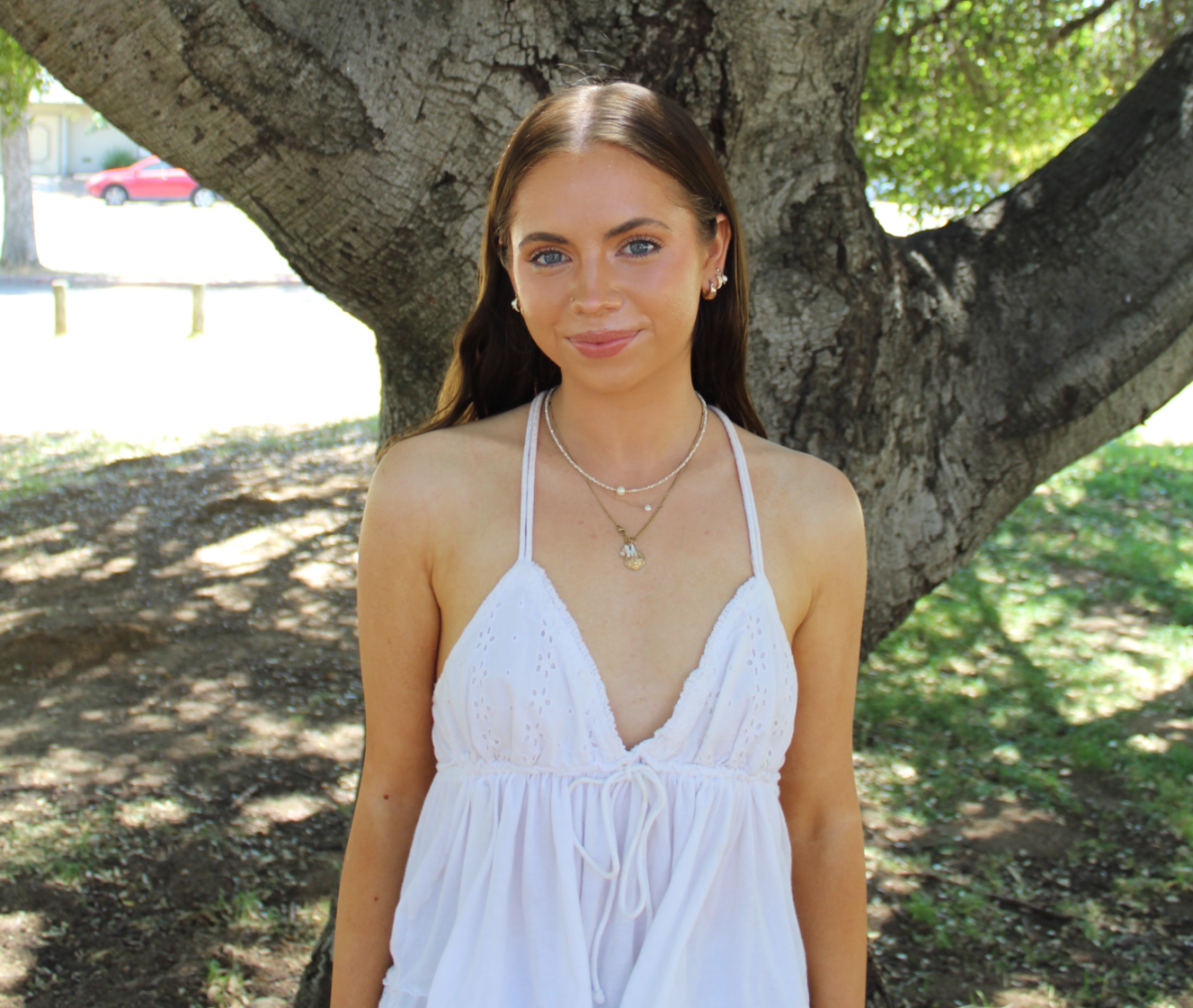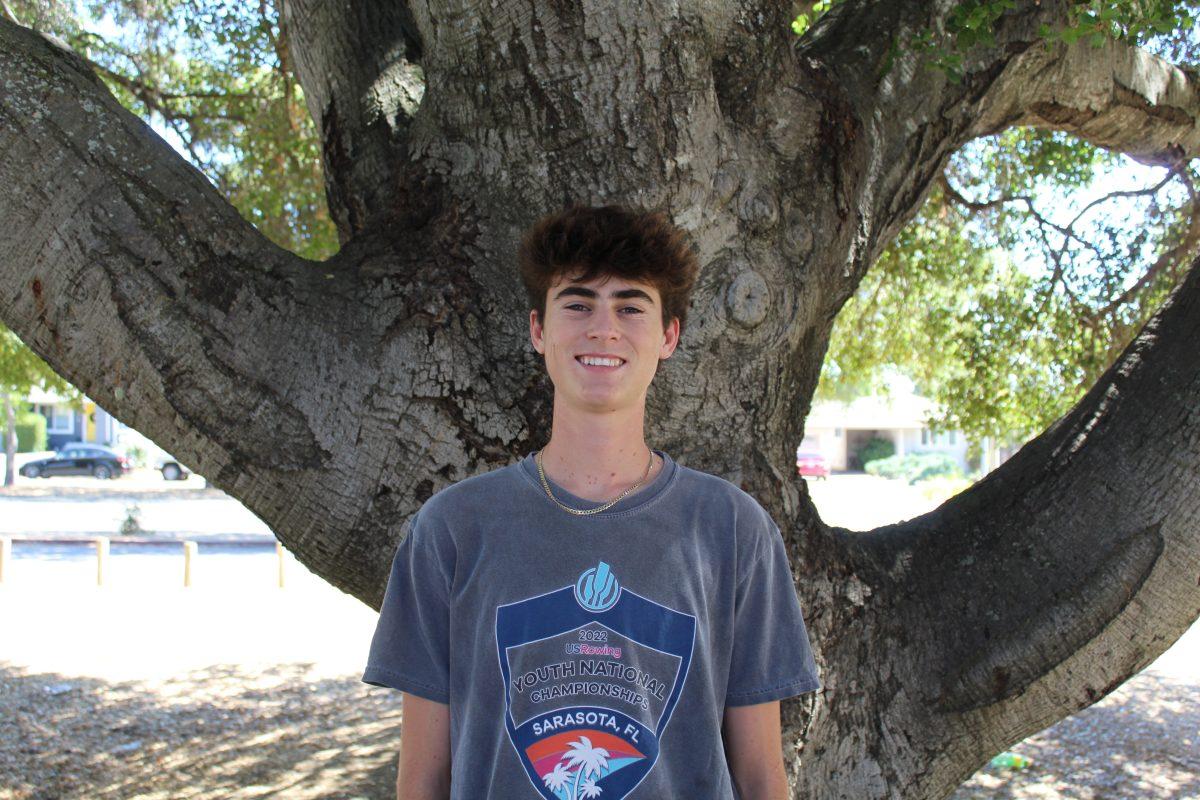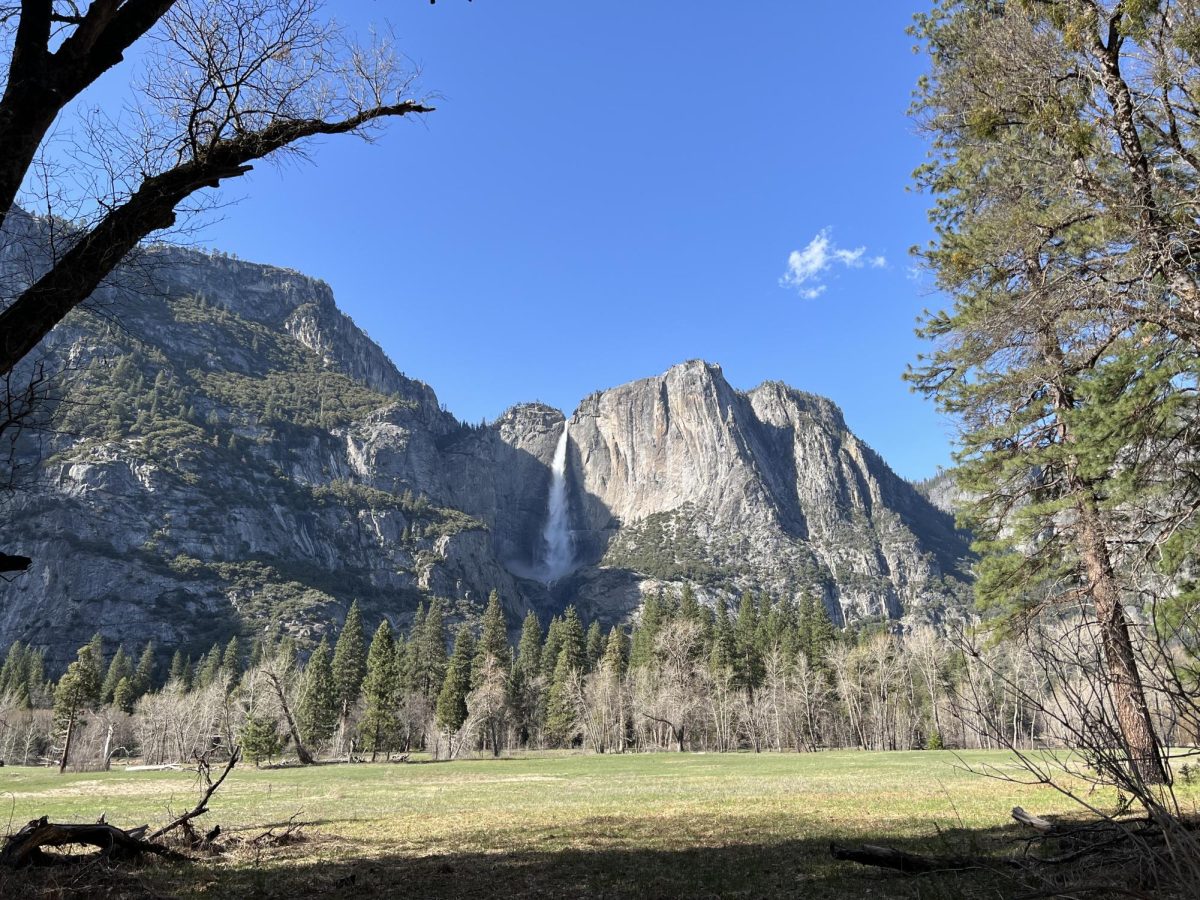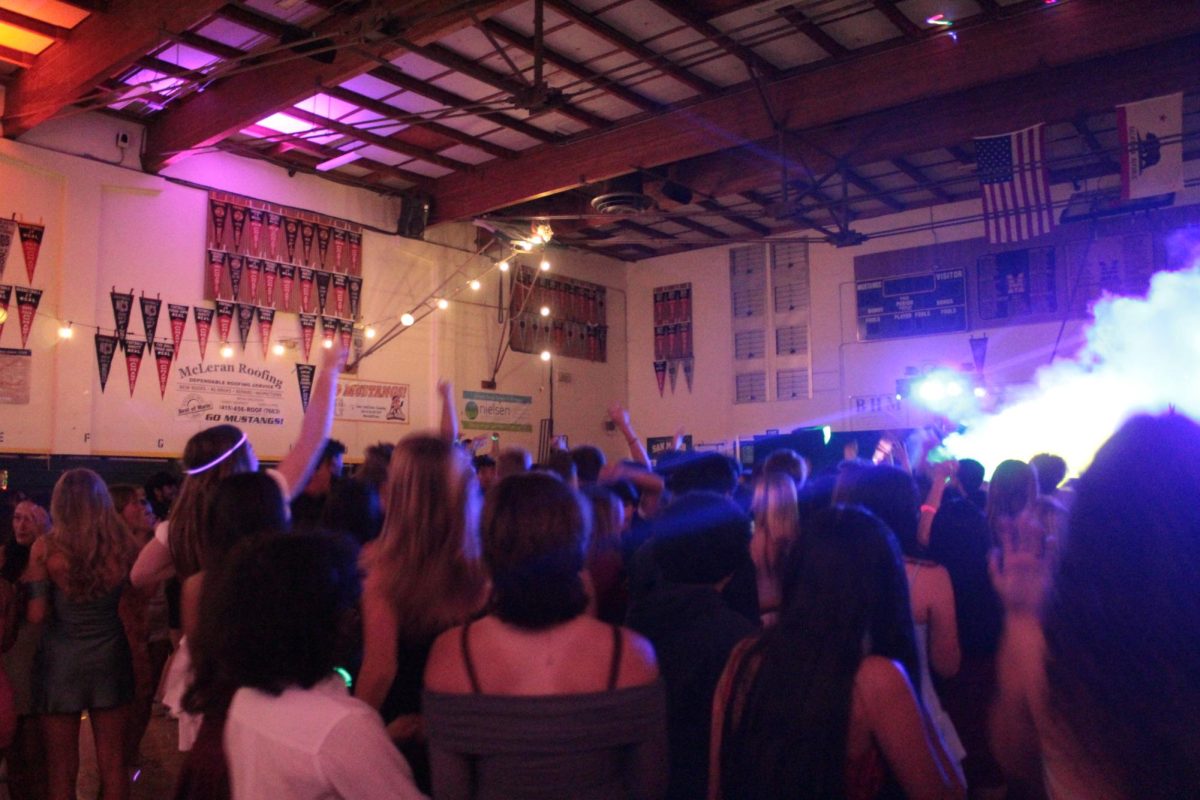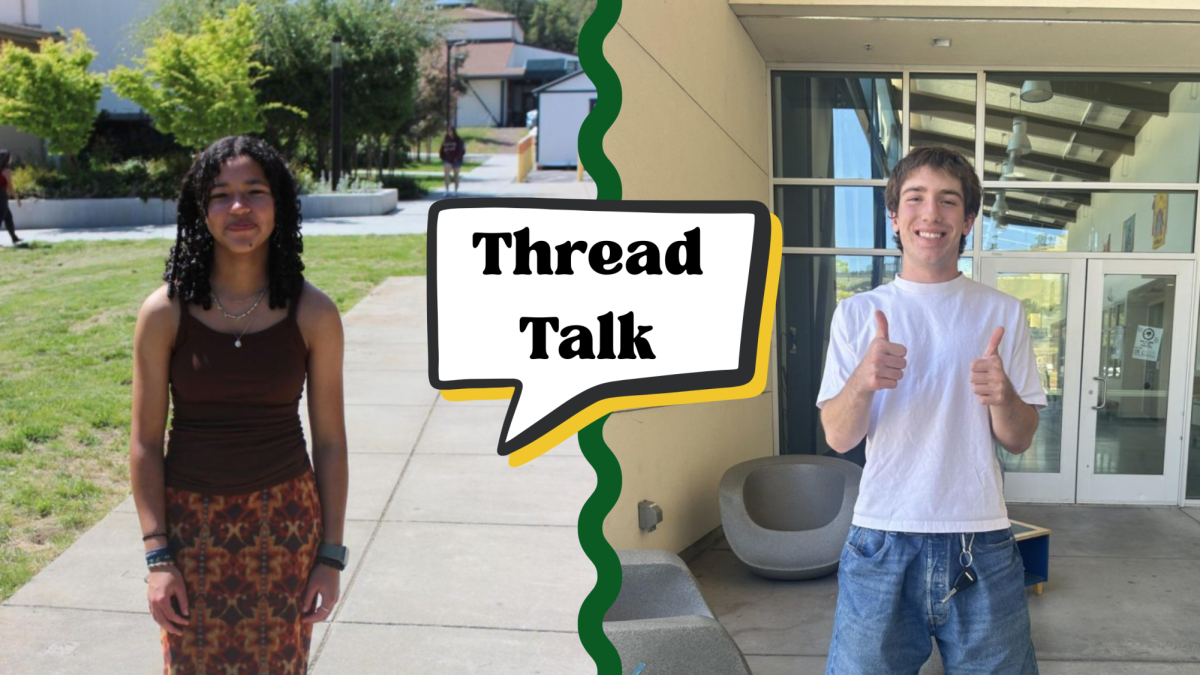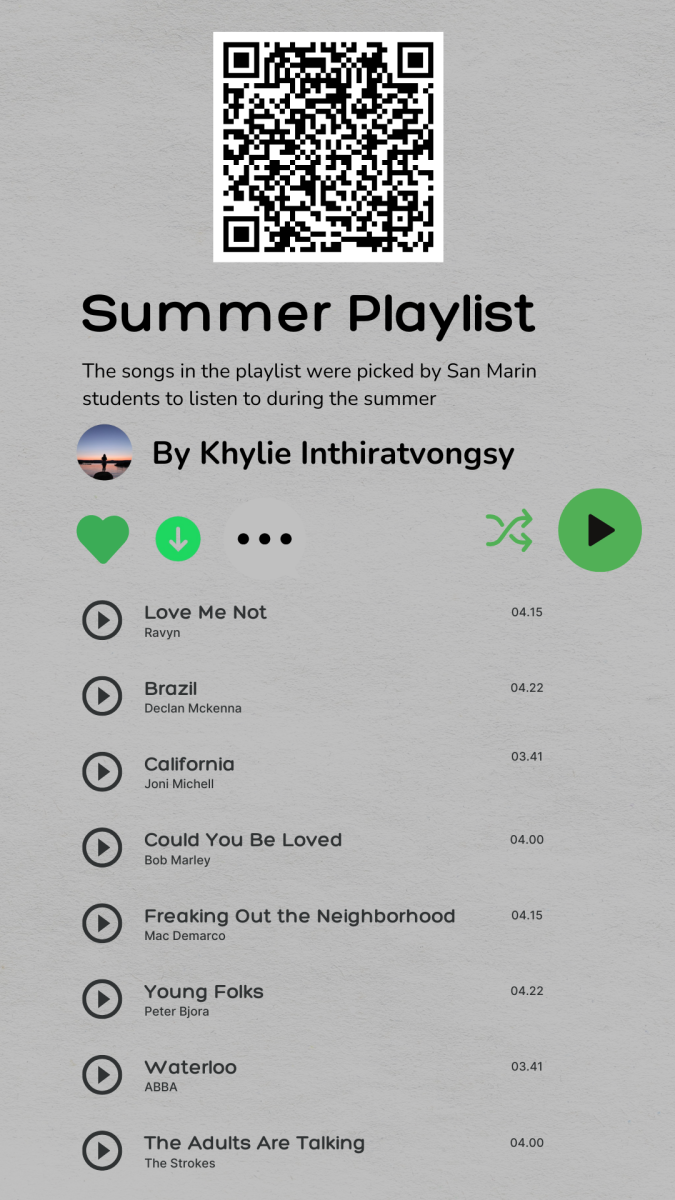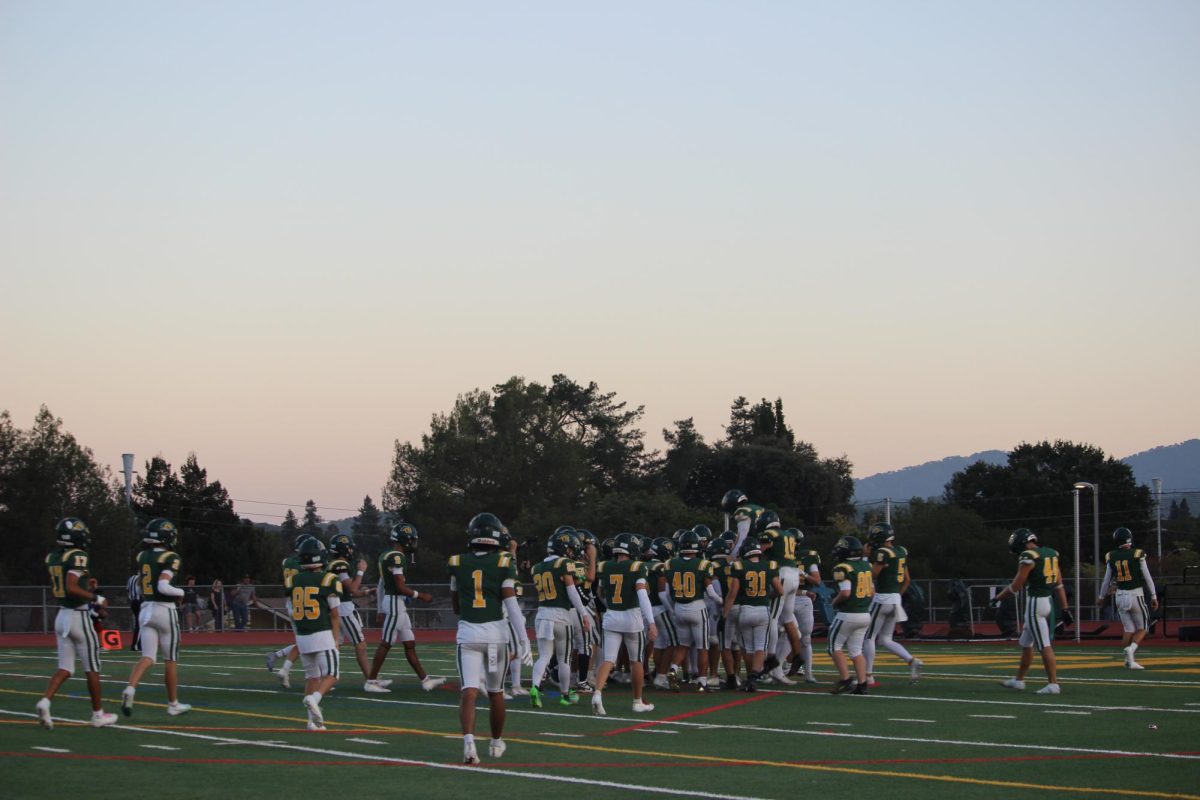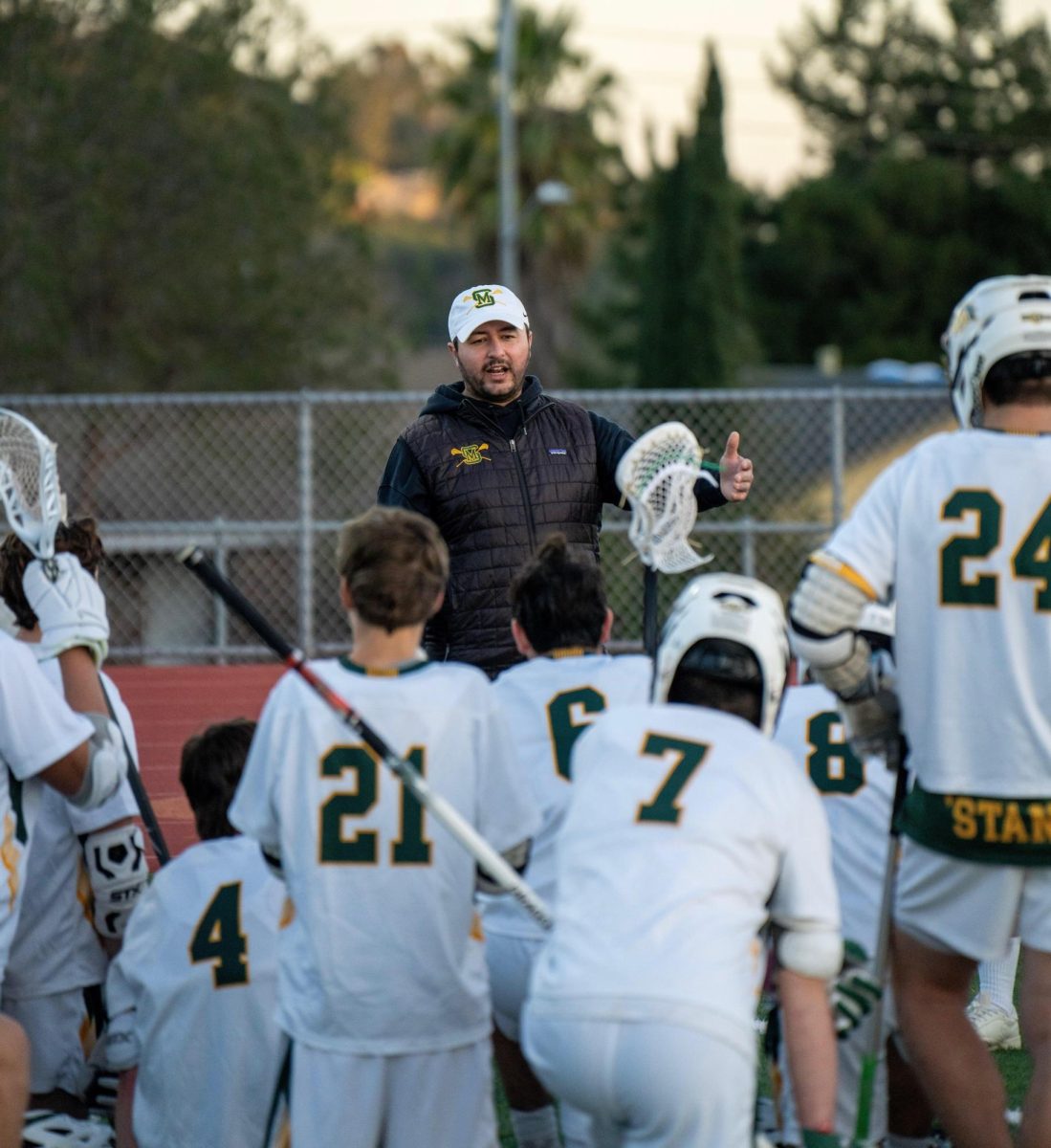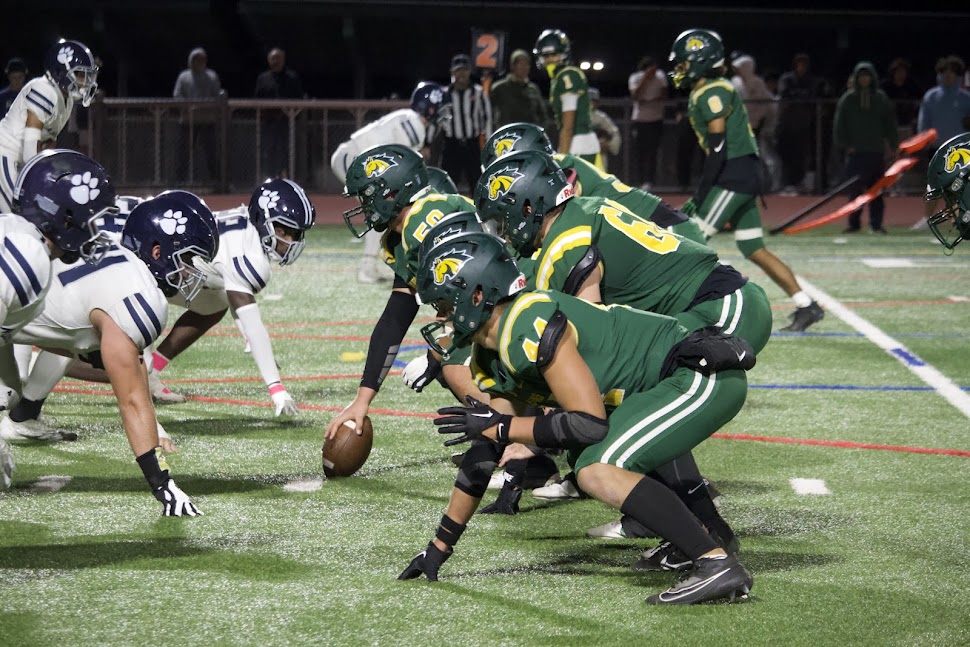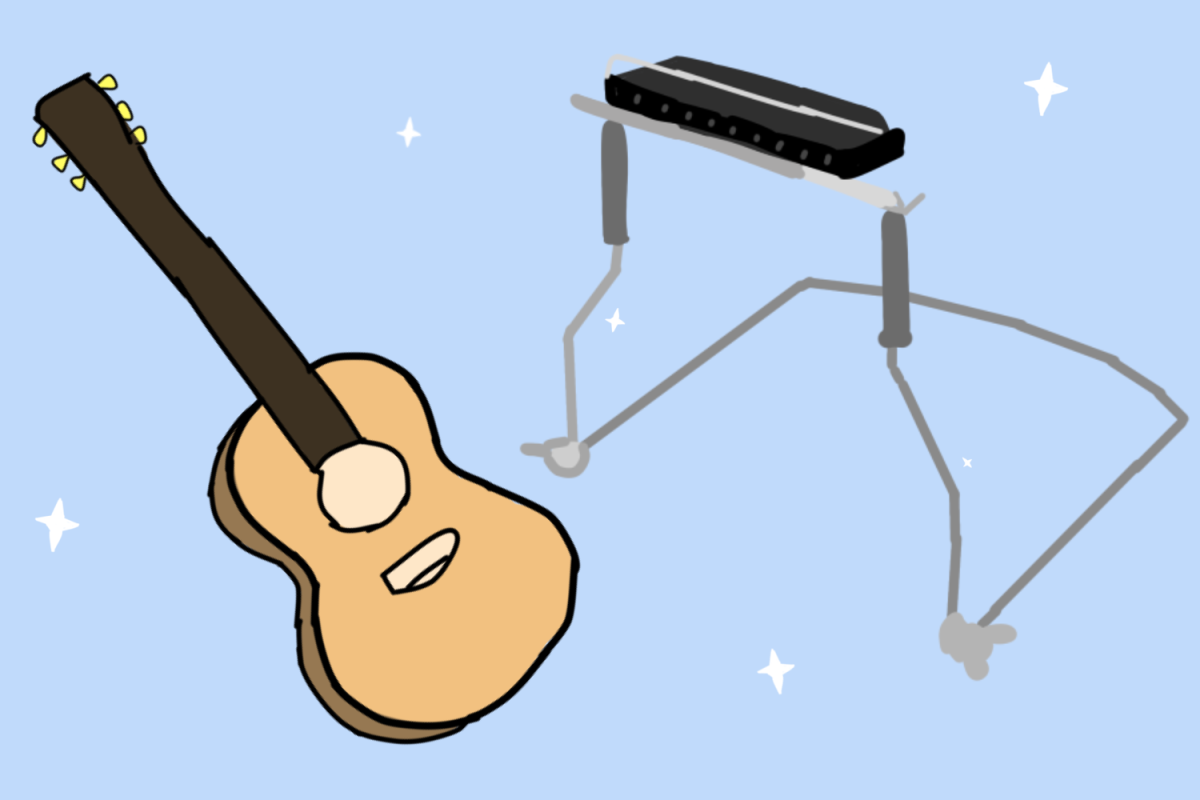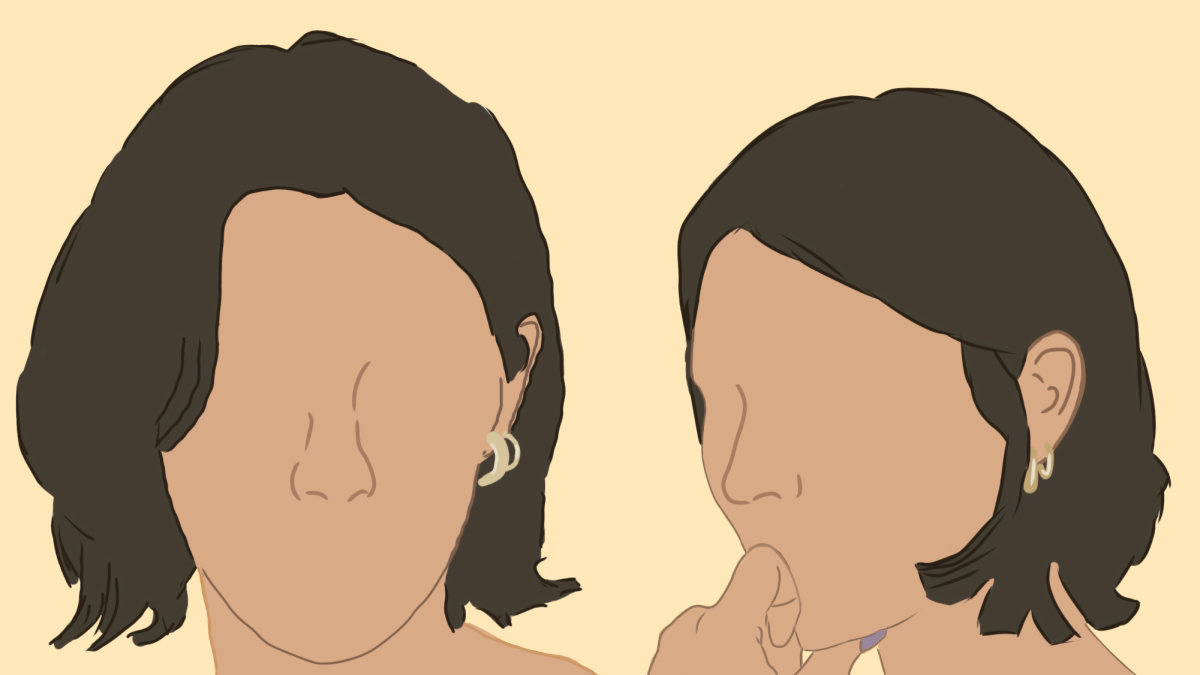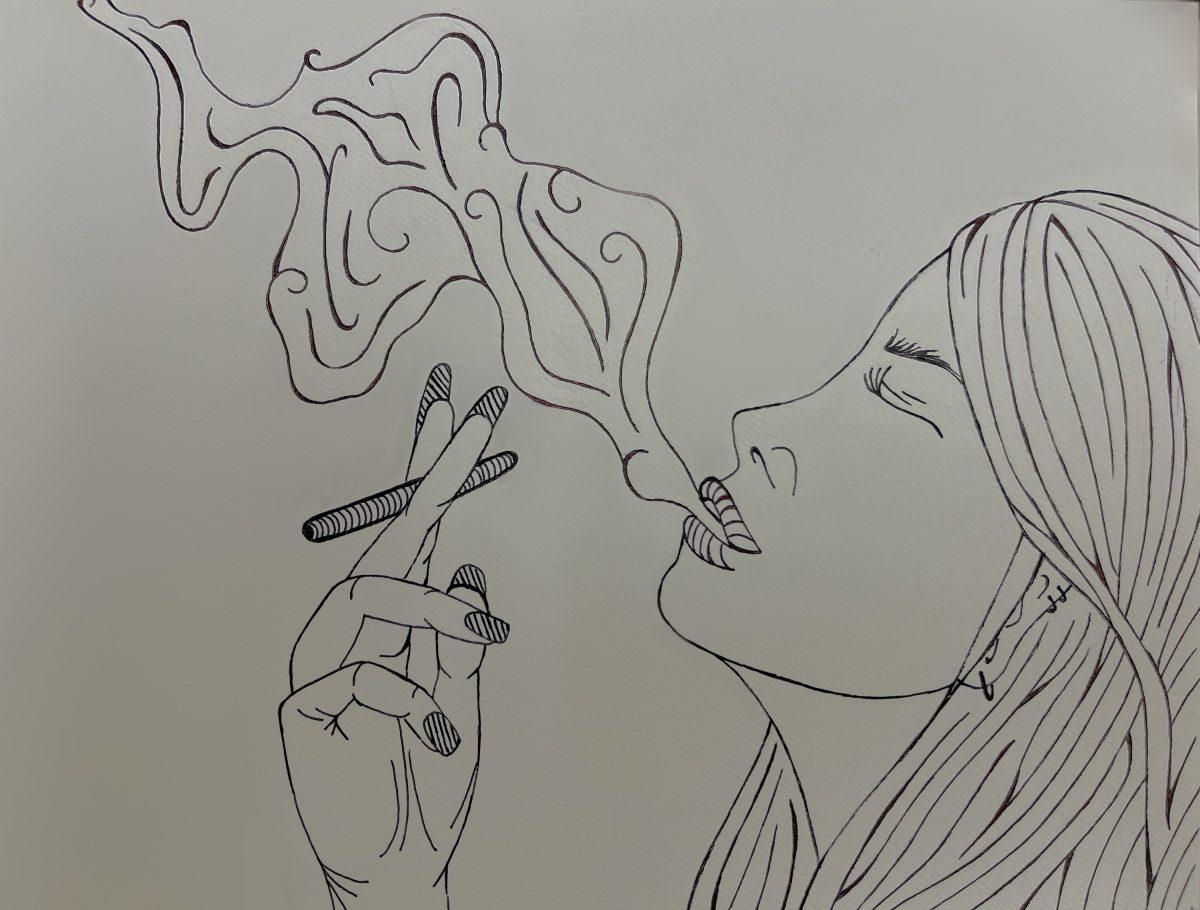A series of questions and concerns from Novato Unified families and staff regarding safety and the guidelines for returning to on-campus learning have increased since Gov. Newsom announced on Jul. 17 that California counties on his monitoring list would begin their school years remotely due to COVID-19 concerns. On the same day, NUSD announced that schools would not return to on-campus learning on Aug. 20 and proceeded to extend the return date to, at earliest, Oct. 5. Then, on Sept. 24, Superintendent Kris Cosca sent out an email which extended the date further to Oct. 26. This return date is tentative and subject to change.
Gov. Newsom’s monitoring list categorizes the counties into one of four colored tiers based on cases per 100,000 people and the percentage of COVID tests that come back positive. The tiers are Purple (Widespread), Red (Substantial), Orange (Moderate), and Yellow (Minimal). A county must have between four and seven cases per 100,000 people a day, as well as having only five to eight percent of COVID tests returning positive for 14 consecutive days in order to move into the Red Tier, and reopen schools. Marin County has made this move as of Sep. 15, meaning NUSD schools are now viable to open under state guidelines.
The return date is subject to change as regulations, guidelines, data figures, and public opinions change. Schools could return to in person or remain remote at any point if COVID cases begin to rise again, if students contract the virus, or if regulations change. If schools do return to campus, both doctors and schools agree that students must wear masks, social distance, and sanitize consistently.
“We have to provide everybody with masks and sanitizers, and we’re working with our Facilities department at the district to guarantee that we’re going to have all the protective equipment we need,” Assistant Principal Mike Casper, who oversees school safety and emergency preparedness, said. “You have to wear a mask indoors. That’s non-negotiable.”
The self control of students has also been questioned as they reflect on these new guidelines.
“We’re teenagers, we like to take risks.” senior Derek Dela Cruz said. “Even if my classmates can manage to follow guidelines in school, I highly doubt that they’ll be able to follow them outside of school.”
This uncertainty of students following guidelines is also visible in the incoming Freshmen class.
“Most people will be able to abide by all the restrictions and guidelines, but for some students it will be more challenging,” freshman August Janiak said. “The rules will definitely have to be enforced more than we think.”
San Marin has set out plans to make sure students abide by the guidelines, not only with mask-mandates and social distancing guidelines, but also with the creation of cohorts and the limitation of crowds. Cohorting is a system which forms groups of students that will stay together throughout the school day.
“Cohorts assist with contact tracing. It limits the number of contacts, which means it limits the number of people we have to test,” Fellow of the American Academy of Pediatrics Dr. Nelson Branco said.
San Marin is working to devise a method which makes classes smaller, in the hopes of creating cohorts.
“Half of you will be in-person at a time to accommodate the 4-6 feet of social distance in classrooms.” Casper said. “A big part of what we’re trying to do is just limit the crowds. The crowds are the key.”
As of Sept. 24, the proposed schedule for hybrid learning separates the campus into two groups by last name. A-L will be in-person on Mondays and Tuesdays, and remote the rest of the week. M-Z will be in-person Thursdays and Fridays, and be remote the rest of the week. Both cohorts are entirely remote on Wednesdays.
Along with creating new guidelines, the agreement of the Novato Federation of Teachers (NFT) also plays a key role in the return to campus. The Memorandum of Understanding (MOU) between NUSD and the NFT only covers remote learning, which is set to remain in effect until at least Oct. 26. They have yet to come to an official agreement on terms for returning to campus, as teachers are concerned about the effectiveness of hybrid learning.
“There are a lot of people that are on all ends of the spectrum,” STEM and chemistry teacher Virgina Vogl said. “Some people think we definitely need to go back, and then there are people, health-wise, that are terrified to go back.”
On Sept. 22, in response to the guidelines set out by NUSD, president of the NFT Mariah Fisher uploaded a video to the YouTube channel ‘Novato NFT’ entitled “NUSD’s Hybrid is the Wrong Model for Re-entry.” In it, she explained that the teachers have rejected the agreement to return to campus with hybrid-learning.
“More people will get sick for a less robust learning experience,” Fisher said. “Our school campuses have old ventilation systems, they lack outdoor learning spaces, they lack sink access, and have bathrooms that are in need of updates. We do not feel our lives should be put in jeopardy for a reduced experience for our children.”
NUSD plans to address the concerns surrounding ventilation and air circulation from their faculty members. This was further discussed in Cosca’s most recent email to NUSD families.
“Indoor ventilation is a key to protecting against the virus,” Cosca said. “We are developing a filtration and purification plan for each campus based upon the existing heating and cooling systems. We believe this work is essential.”
NUSD and the NFT will continue their discourse over the MOU and the hybrid learning schedule in the upcoming weeks. A formal plan will continue to be made before the new tentative return date of Oct. 26.
“If we’re going to reopen schools, we have to make it safe for the teachers and the students,” Branco said. “We need to make sure that the teachers can keep themselves safe. I am optimistic that we will open schools, I am less optimistic that we will be able to keep them open.”
